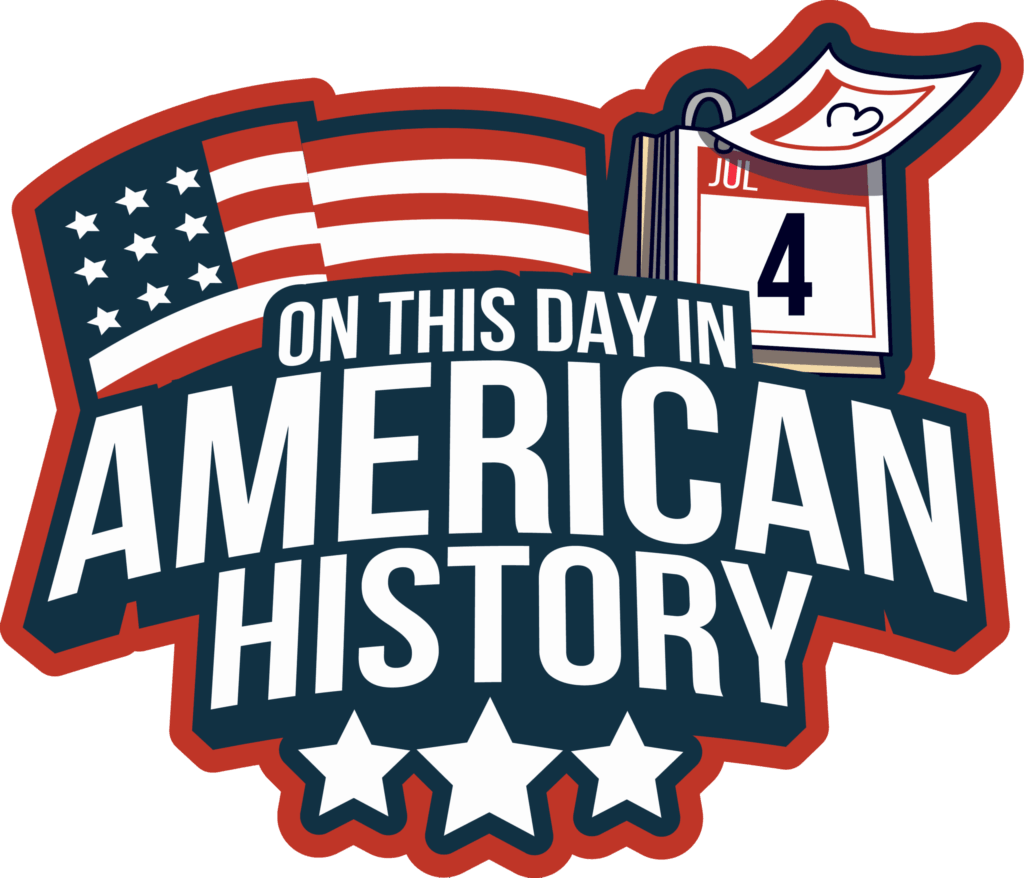
August 16, 1942 — The Ghost Blimp Drifts Alone:
A U.S. Navy blimp floats silently over San Francisco after its two-man crew vanished without a trace during a routine anti-submarine patrol. Found intact in Daly City, the L-8 became a wartime enigma—its depth charges untouched, its cabin empty, and its mission forever unfinished.
Image via Wikimedia Commons, public domain
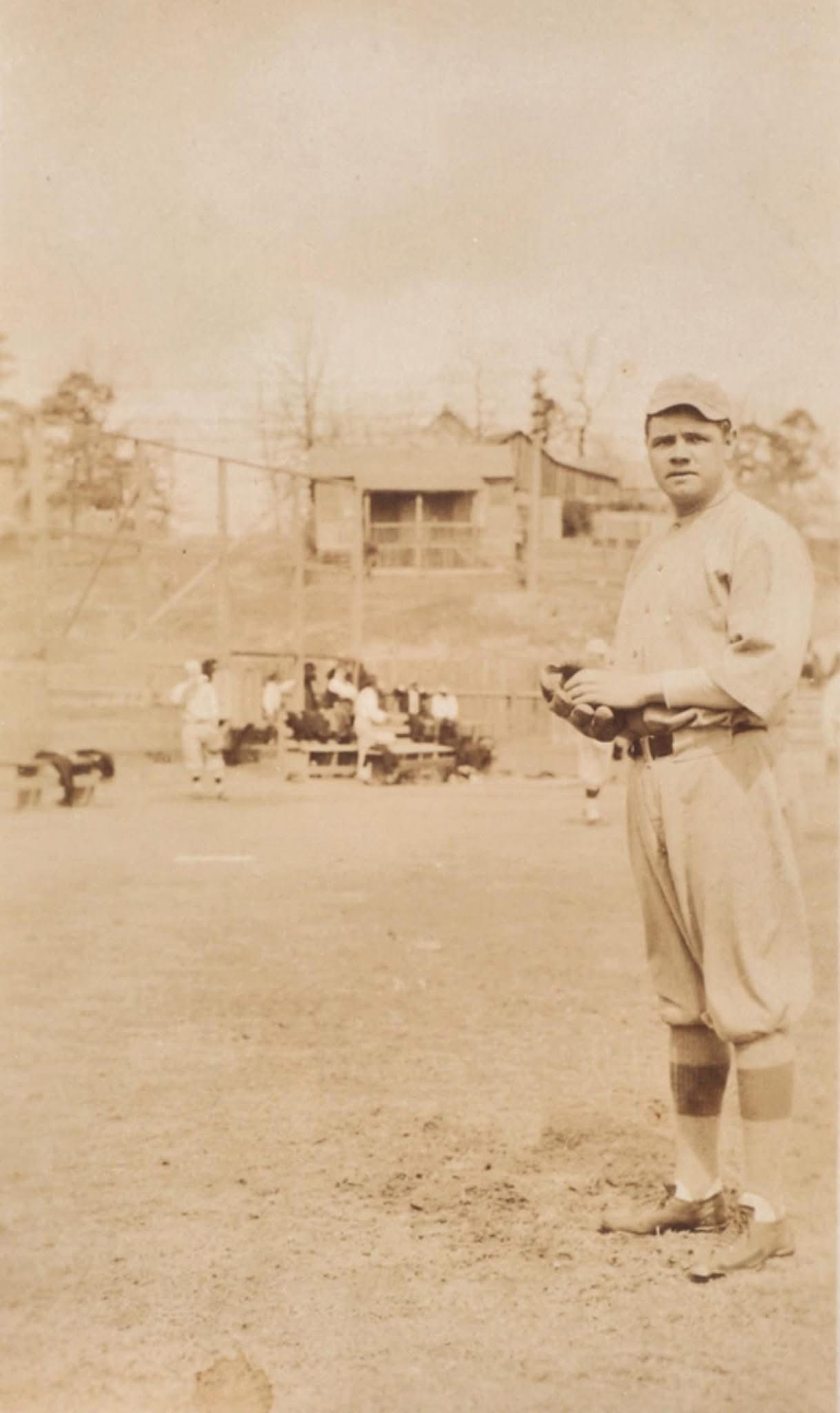
A young Babe Ruth, photographed in 1915 during his second season with the Boston Red Sox—still known more for his pitching than his bat. That year, he posted an 18–8 record and a .315 batting average, hitting 4 home runs in a season when the entire team hit just 14.
The Red Sox went on to win the World Series, and Ruth’s dual talent began to hint at the legend to come.
On this day—August 16, 1948—George Herman Ruth passed away in Manhattan at the age of 53, following a battle with throat cancer. The next morning, his body was brought to Yankee Stadium, where tens of thousands—some estimates reaching 100,000—filed past his casket in the rotunda. His funeral, held on August 19 at St. Patrick’s Cathedral and presided over by Cardinal Francis Spellman, drew tributes befitting a president or a king. Ruth was laid to rest at Gate of Heaven Cemetery in Hawthorne, New York, leaving behind a legacy that forever reshaped the sound and spectacle of American baseball.
Image via Wikimedia Commons, public domain
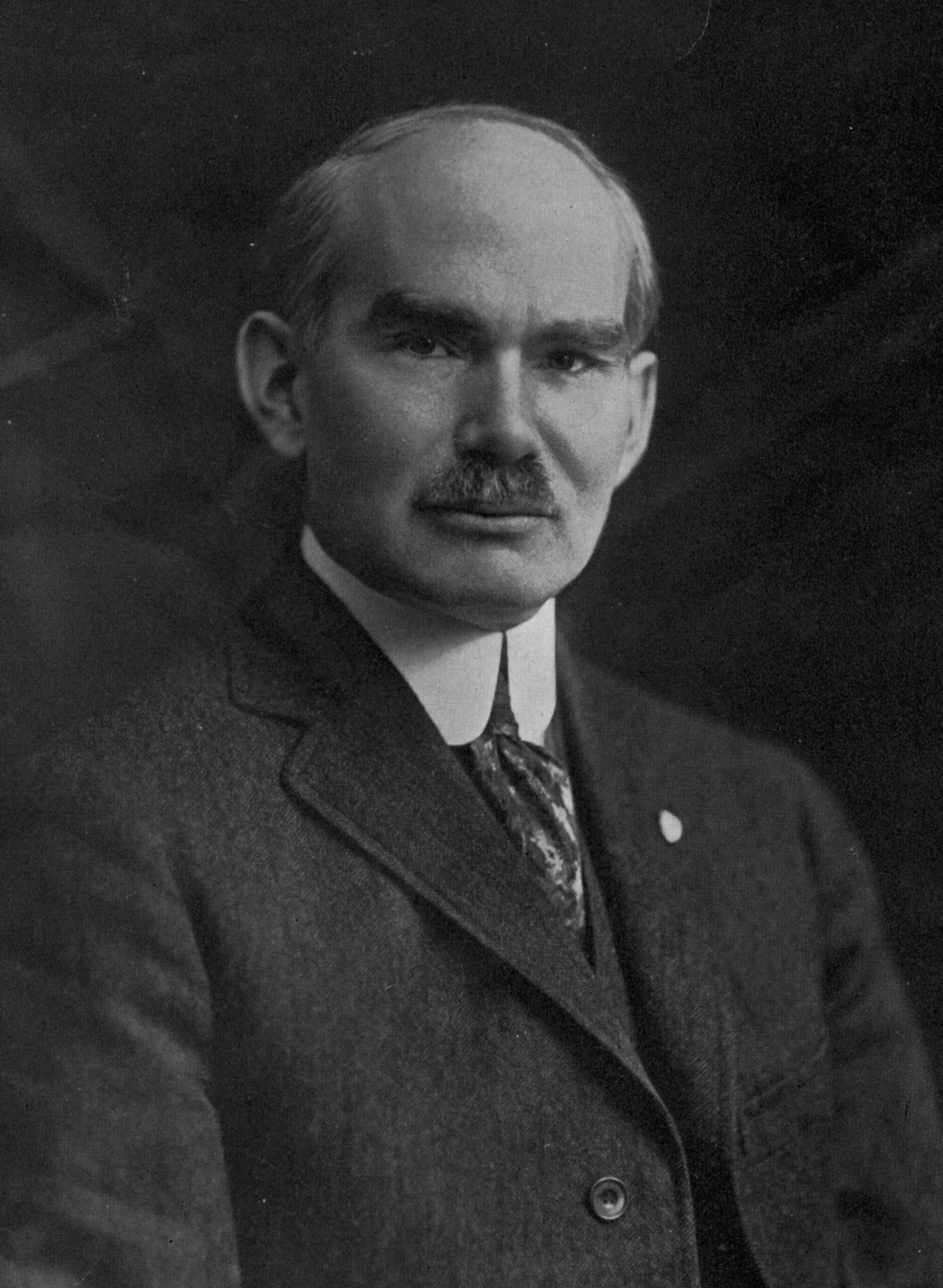
On August 16, 1922, American inventor Lee de Forest presented a demonstration of Phonofilm—his groundbreaking sound-on-film technology—to members of the press. As reported in The New York Times the following day, the event marked one of the earliest documented showings of synchronized sound cinema.
Further demonstrations followed: one for electrical engineers in March 1923, and a public premiere of Phonofilm shorts at New York’s Rivoli Theatre in April. While the system struggled to gain commercial traction—Hollywood studios ultimately favored alternatives like Vitaphone and Movietone—Phonofilm laid essential groundwork for the sound-on-film technologies that would define cinema for decades. In 1959, de Forest was honored with a Special Academy Award for his pioneering contributions to film sound.
Image via Wikimedia Commons, public domain worldwide

On August 16, 1963, NASA’s M2-F1, a wingless lifting-body aircraft also known as the “flying bathtub” completed its first flight.
It was retired exactly three years later on August 16, 1966.
Why an aircraft without wings?
Lifting-body aircraft were mainly designed for reentry into earth’s atmosphere. No wings meant fewer surfaces on the aircraft that could be damaged from heat and friction forces during reentry.
Image of the M2-F1 in flight on 8/16/1963 via Wikimedia Commons, public domain worldwide

On August 16, 1777 General John Stark led a patriot force of mostly militiamen to victory over British, Loyalist, and Hessian units at The Battle of Bennington. Before battle Stark announced “There are your enemies, the Redcoats and the Tories. They are ours or this night Molly Stark sleeps a widow!”
https://heartfelthistory.com/hero-tales-american-history-bennington/?goal=0_fd7f07f486-609a7c133f-352414846&mc_cid=609a7c133f&mc_eid=e4bb17c8b7
Image by Hunter Kahn via Wikimedia Commons, public domain worldwide
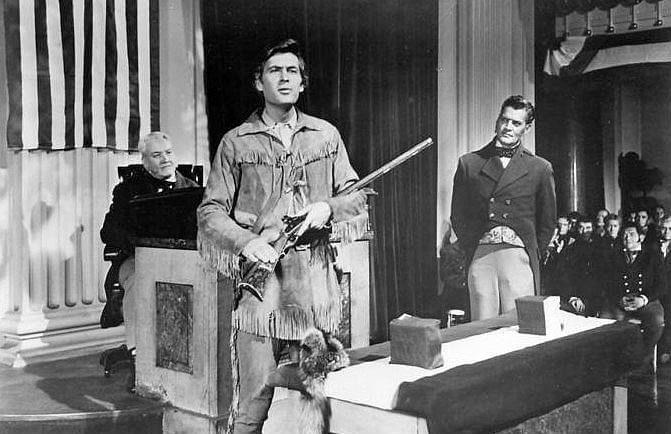
Born August 16, 1924 actor Fess Parker played historical figures Davy Crockett (shown) and Daniel Boone and appeared in the film Old Yeller (you cried – admit it). He also operated an award-winning vineyard whose wine bottles feature a coonskin cap logo.
Image via Wikimedia Commons, no known copyright, public domain in the US
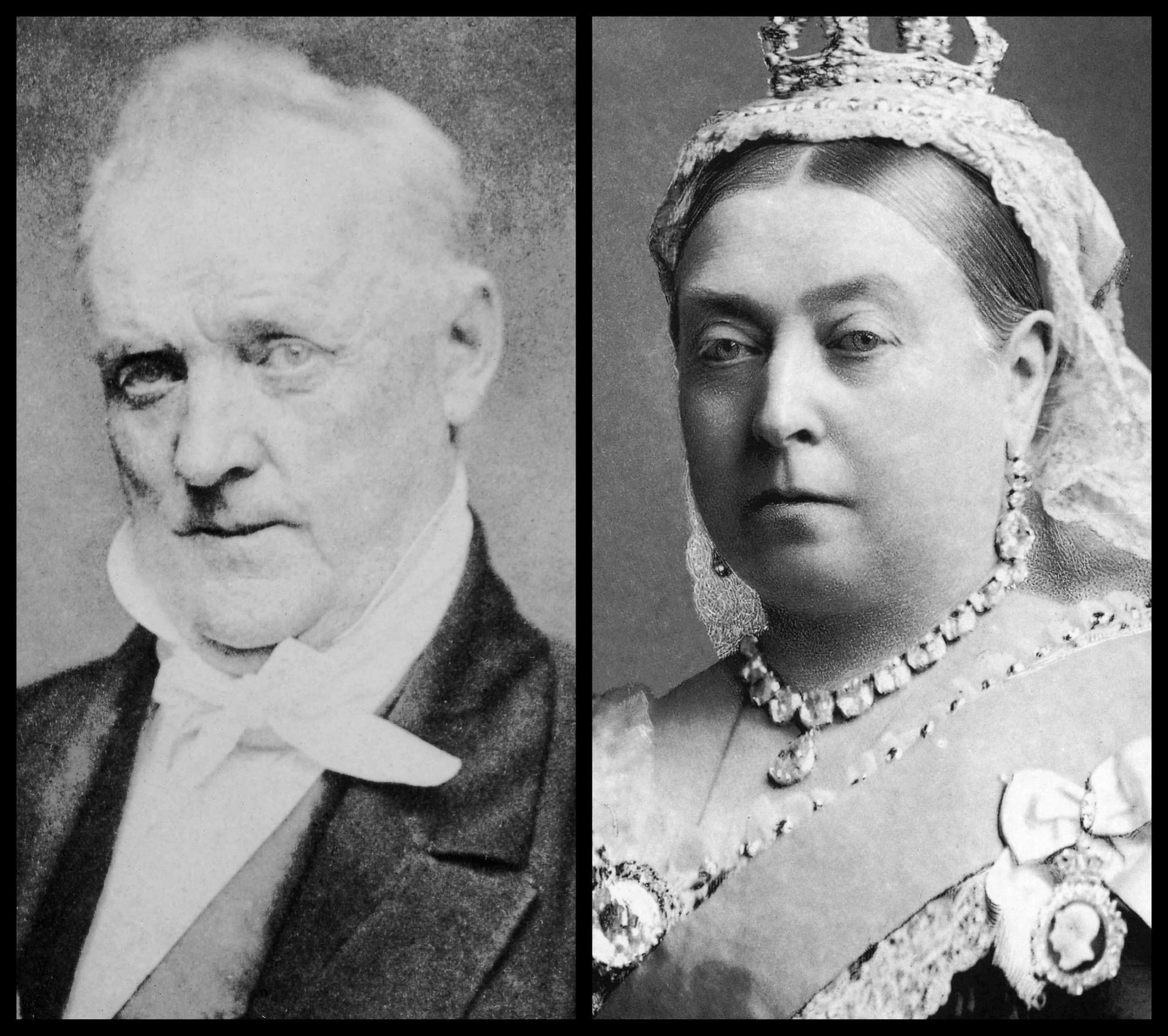
On August 16, 1858 Queen Victoria exchanged messages with President James Buchanan via the transatlantic cable line making them the first world leaders to use the new connection between the continents of Europe and North America.
Images via Wikimedia Commons, no known restrictions
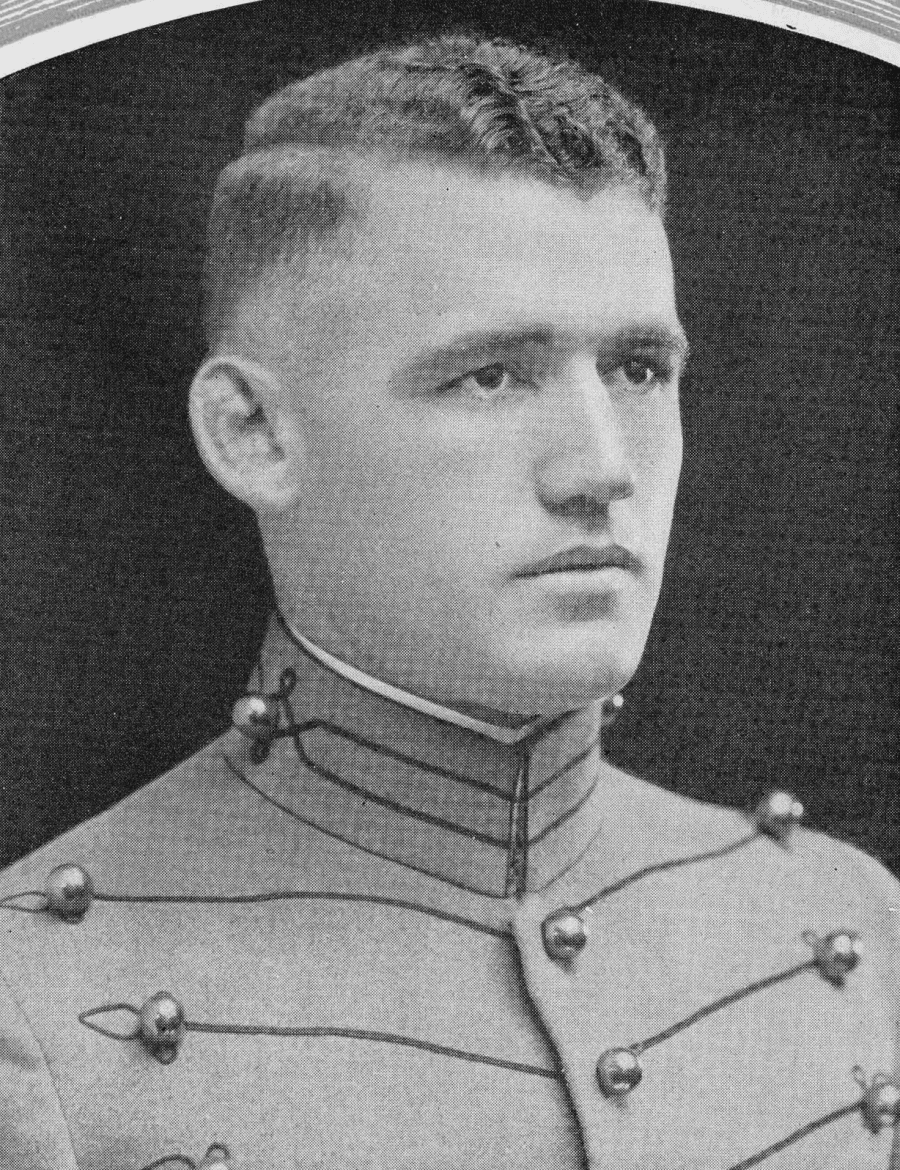
The American colonel who saved a gothic cathedral in France…
On August 16, 1944 American forces entered the French prefecture of Chartres which was occupied by Germans.
American colonel Welborn Barton Griffith Jr. challenged the order to destroy the cathedral which was believed to have fallen into the hands of the enemy.
The ancient cathedral took 66 years to build in the 1200s and is considered to be a jewel of Christianity.
Before the cathedral was shelled, Griffith ventured behind enemy lines, climbed all the way up to its bell tower and proved that it wasn’t being used by German forces.
Image of Welborn Barton Griffith Jr. via Wikimedia Commons, public domain

Harold Lloyd attempting to tune a radio (without wearing his signature glasses) in Rudolph Valentino’s stateroom on the ship Leviathan
Image dated 8/16/1924
via Wikimedia Commons, public domain
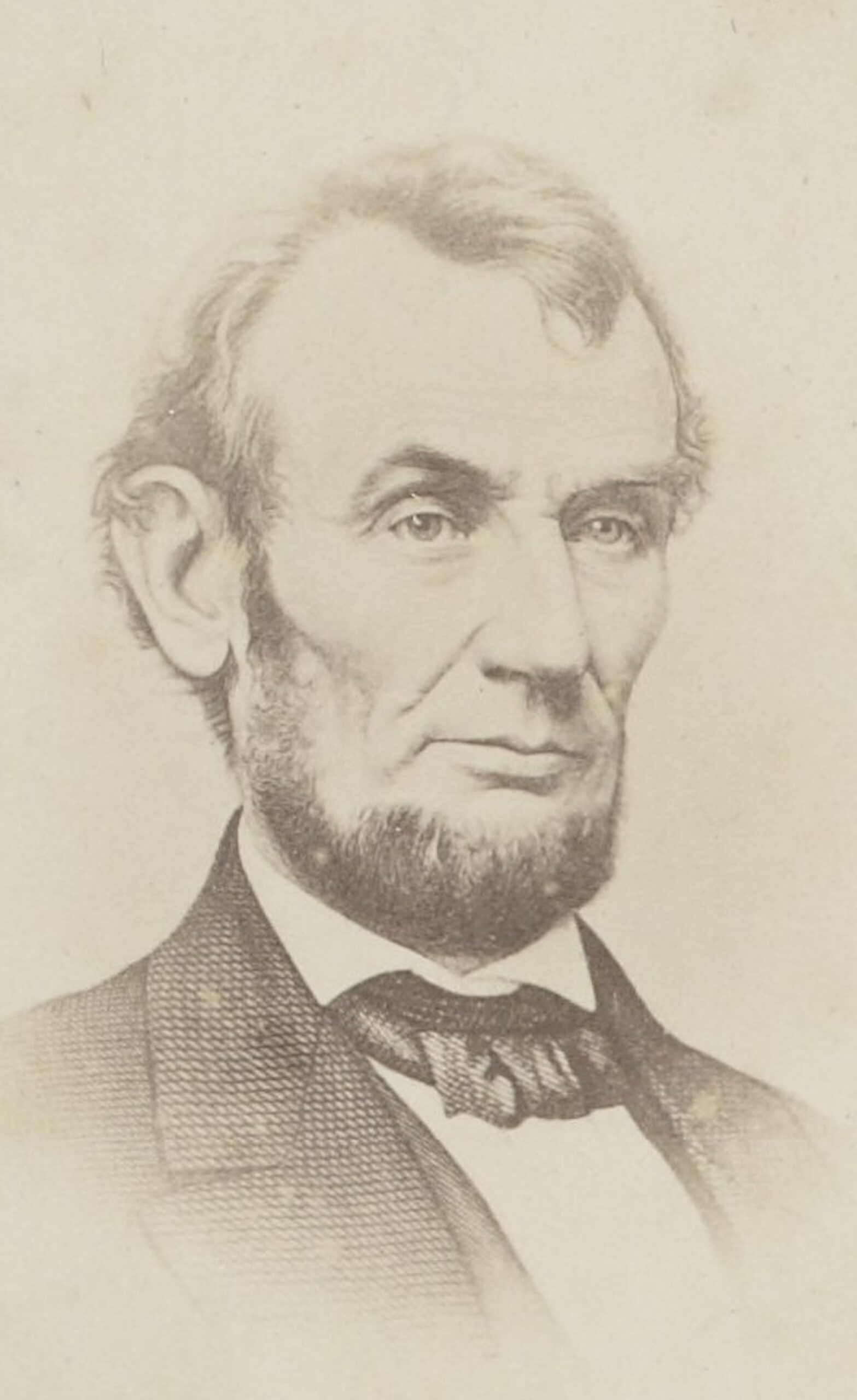
August 16, 1861 — Lincoln Bans Trade with the Confederacy
Facing a divided nation and a rising rebellion, President Abraham Lincoln issued a proclamation forbidding all commercial exchange between Union states and the Confederacy. This executive order was more than a logistical maneuver — it marked a turning point in Lincoln’s wartime presidency. By weaponizing commerce, Lincoln expanded federal authority into the economic realm, reinforcing the Union blockade and signaling that loyalty to the nation would now be measured not just in arms, but in trade. The proclamation blurred the boundaries between civil law and military necessity, laying groundwork for a presidency defined by constitutional improvisation and strategic restraint.
via Wikimedia Commons, public domain

Ships launched at South Portland, Maine. Some of the five British cargo ships built under lend-lease at a large New England yard and launched along with two destroyers and one liberty ship at a record-breaking mass launching on August 16, 1942.
via Wikimedia Commons, public domain
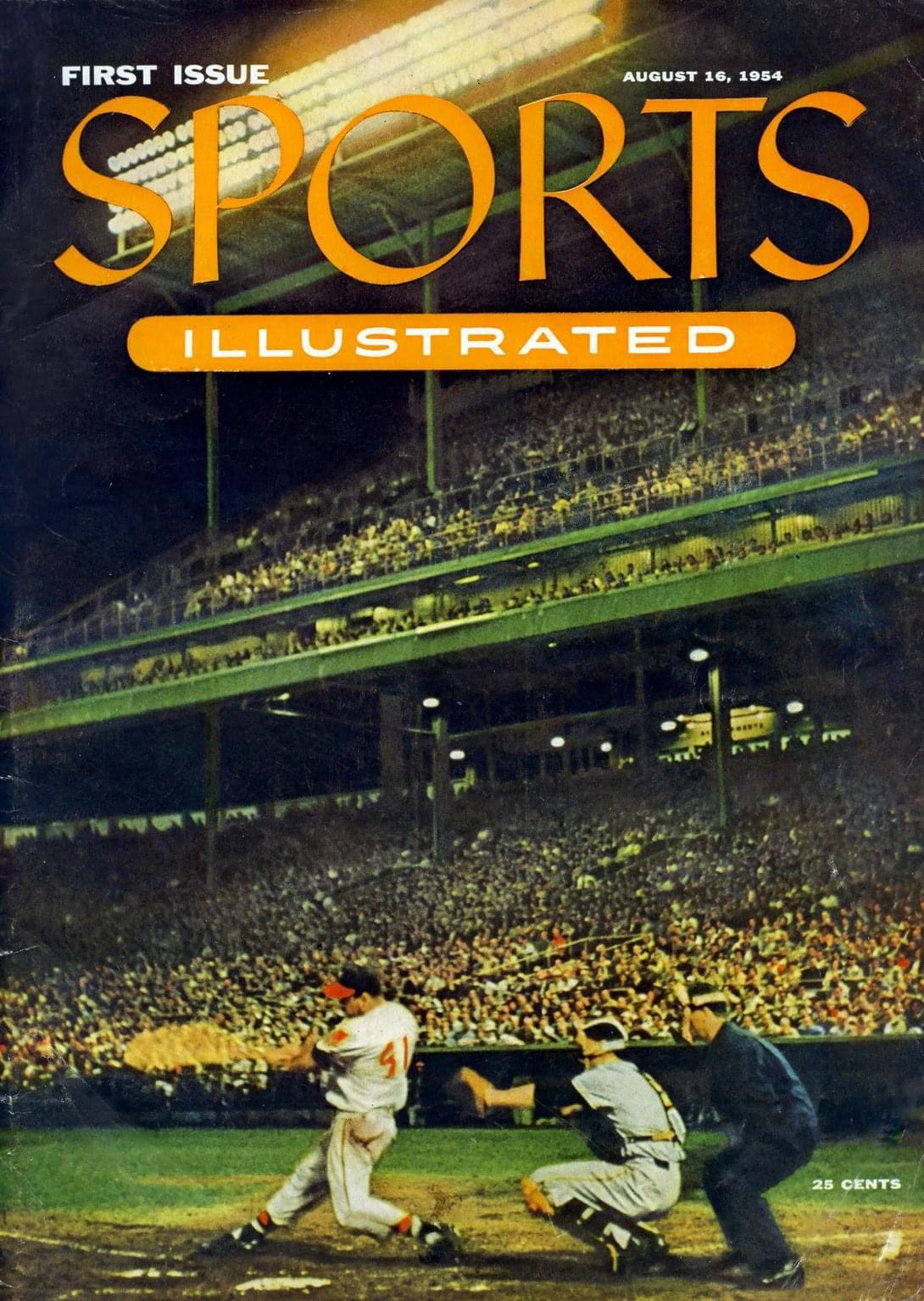
On August 16, 1954 the first issue of Sports Illustrated magazine was published.
Image via Alamy
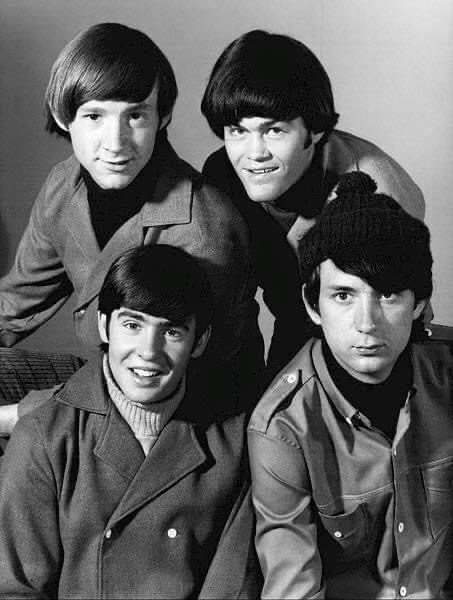
On today’s date August 16, 1966: The Monkees released their first single “Last Train to Clarksville”
Photo via Wikimedia Commons, Public Domain
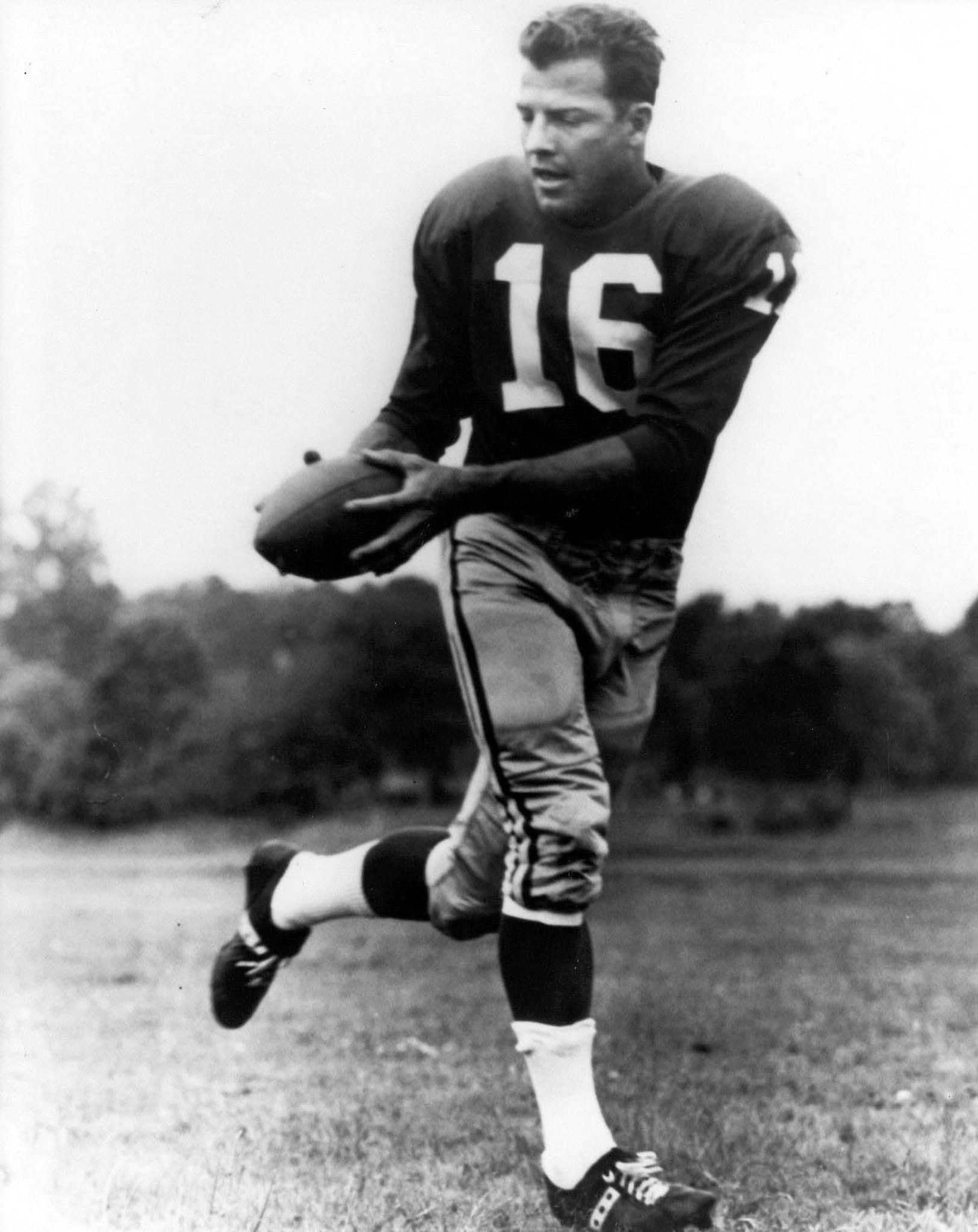
NFL champion & Monday Night Football play-by-play announcer, Frank Gifford, was born on August 16, 1930 in Santa Monica, California.
Image of Frank Gifford of the New York Giants via Wikimedia Commons, public domain

Julie Newmar, the woman who played Catwoman on the first two seasons of the 1960s TV show Batman, was born on August 16, 1933 in Los Angeles, California.
Image via Wikimedia Commons, public domain

August 16, 1930 — Born to Perform:
American actor Robert Culp is born in Oakland, California.
Across five decades, his sharp wit and magnetic presence lit up screens. From Texas Ranger Hoby Gilman in Trackdown to suave agent Kelly Robinson in I Spy, Culp mastered the art of cool. As gruff-yet-loyal Bill Maxwell in The Greatest American Hero and dryly endearing Warren Whelan in Everybody Loves Raymond, he brought grit, wit, and unmistakable charm to every role.
Image of Robert Culp in 1965 from via Wikimedia Commons, public domain


